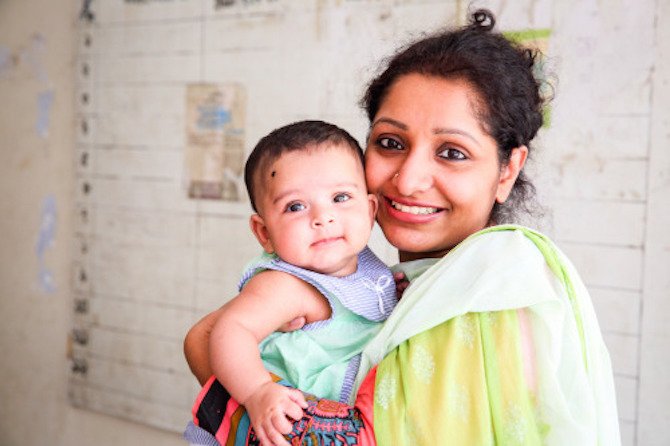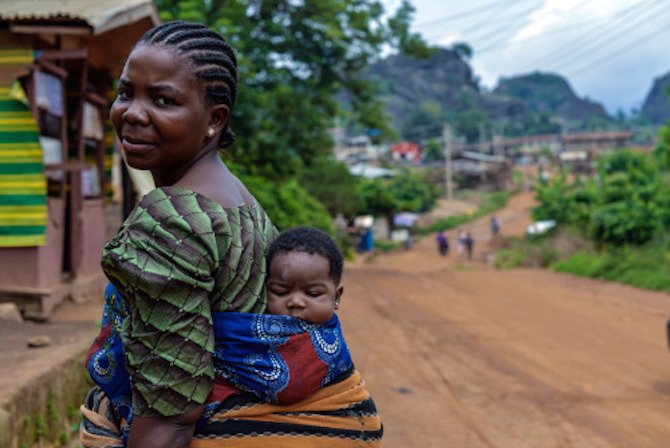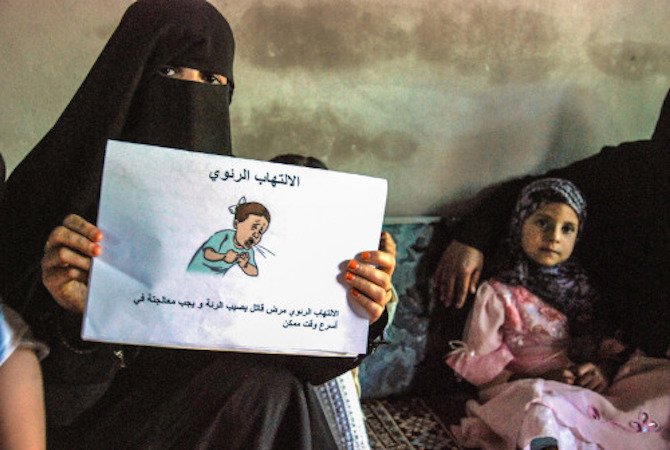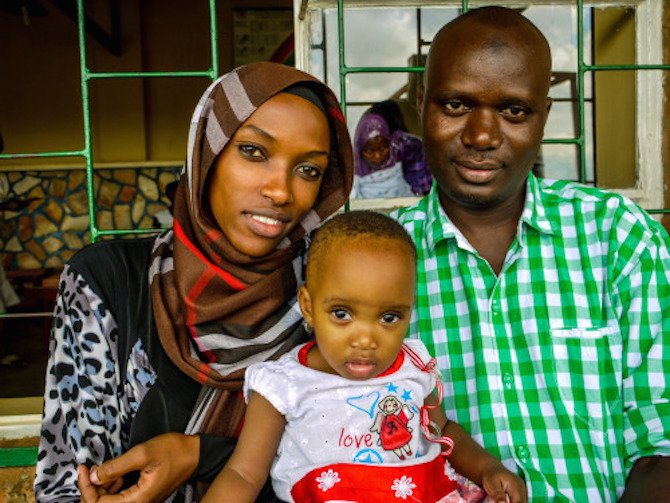
When you look at this photograph, what do you see? Although gender equality doesn’t immediately come to mind when you think about immunisation, it’s almost always mothers who fill the frames of images illustrating vaccine campaigns across the world. And that matters.
Recent research suggests that in many places the low social status of women acts as a significant barrier to children being vaccinated. Lack of access to education, low income and limited decision-making power all play a role. But why is this, and what can we do about it?
To find the answers, researchers built on previous findings from 2010, delving deeper into the varied reasons why empowering women and including men in vaccination campaigns are so important. Here are some of them.
The female experience of society and healthcare

A woman’s household duties can make it difficult for her to find the time to go to the vaccination clinic. In some cases community traditions don’t allow women to move freely, poor women may lack the support to leave the house or workplace for a clinic and others fear being judged if they go to a health centre with sick or poorly dressed children.
Researchers also found that use of blame and disrespectful treatment as a way of “educating” mothers, as well as a lack of understanding for those who made long and difficult journeys to get to a clinic, contributed to a negative experience of healthcare. Understandably, this can lead to unwillingness to return.
Information alone isn’t enough to improve access

In settings where gender discrimination exists most strongly, not even increasing availability of information about vaccines is enough to reach the under-immunised.
The first reason is practical. Although vaccines are often free, they can carry hidden costs like paying for transport. Women may not have decision-making power to meet this cost, as responsibility for the family income may lie with the husband or other family members. Getting them involved in the vaccination programme may be necessary to help make sure children make it to the clinic.
Secondly, providing information about vaccine benefits and services does not necessarily mean it will be taken on board.
How can we make progress?

Programmes must be deliberately designed to involve both women and men in immunisation, and make it easier for parents and other caregivers to access immunisation services. It’s important to ensure that both parents feel responsible for their children’s health, and to be careful not to reinforce existing gender roles.
These findings demonstrate the need for a wider approach to improving vaccination coverage, and to expand our understanding of gender inequalities. For only by addressing them at both community and household levels can we help to save even more lives through vaccination.
This article was written by Emily Loud in support of Gavi, the Vaccine Alliance.